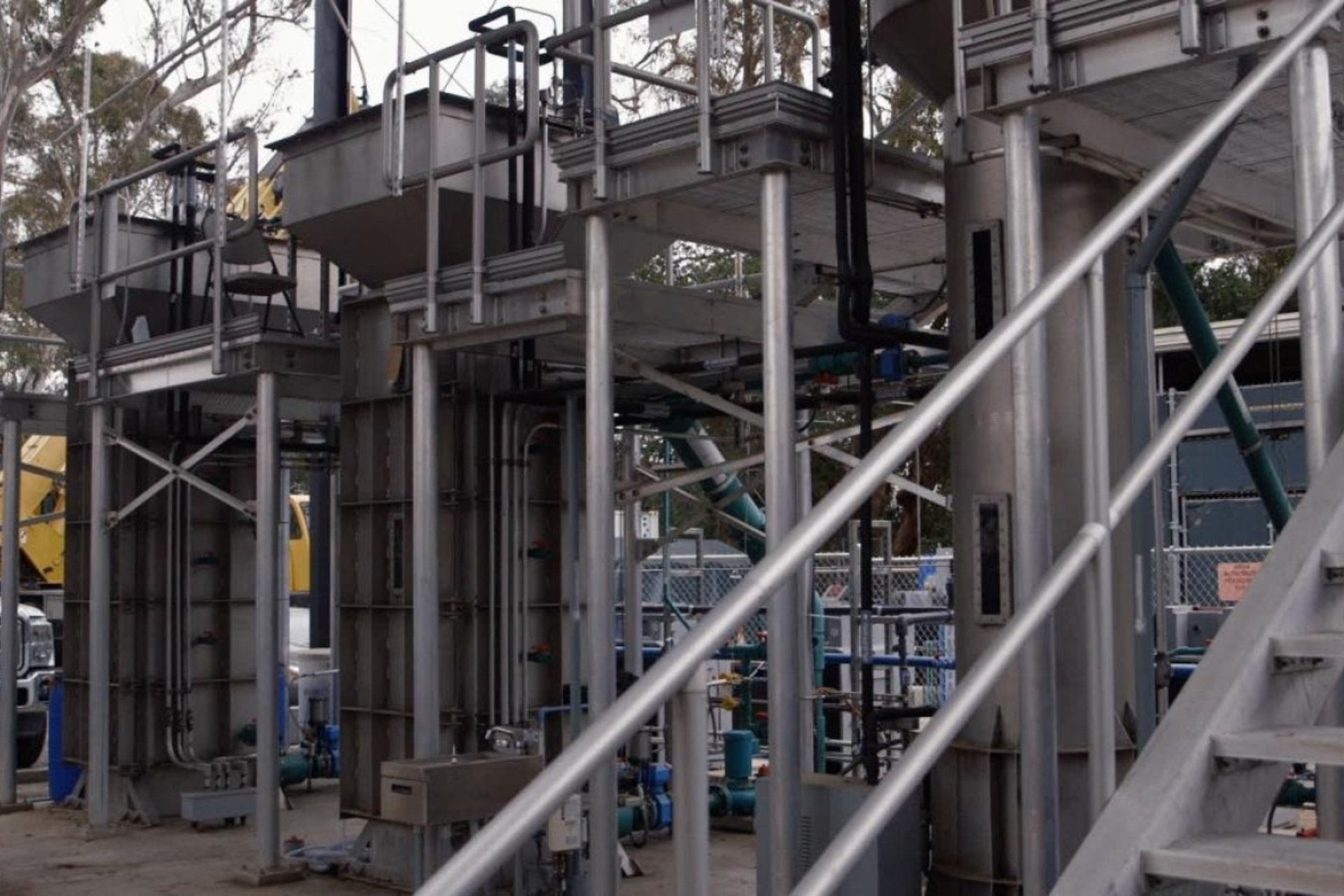A New Extreme Event Analysis Tool in Support of the UN Paris Agreement
Funding Year: 2016
Research Areas: Climate
Regions: Africa, Antarctica, Asia, Australia, Europe, North America, South America
The United Nations Paris Agreement highlights the need for governments and communities planning to mitigate and adapt to global climate change to have information on how likely extreme events such as droughts, floods and severe storms are to occur in specific areas given a changing climate. This project will quantify the extent to which historical global warming has altered the probability of extreme events in specific locations, and the extent to which future warming is likely to change those probabilities. Leveraging previous research, the project will develop a generalized analysis tool that shows the influence of different levels of global warming on the severity and likelihood of individual extreme events. The researchers will begin the release of an annual report that evaluates the years extreme weather events and the extent to which climate change played a role.
Learn more about the Realizing Environmental Innovation Program and other funded projects.
Principle Investigator:
Noah Diffenbaugh, Kara J. Foundation Professor and Kimmelman Family Senior Fellow at the Woods Institute for the Environment
Related News
Billions of years ago, when Earth’s atmosphere reeked of unbreathable gases, microbes evolved in the absence of oxygen. As Earth matured and the nitrogen-oxygen atmosphere formed, these anaerobic, or oxygen-averse, bacteria retreated into the mud of the ocean floor and other environments where they would be safe from oxygen-rich air.



